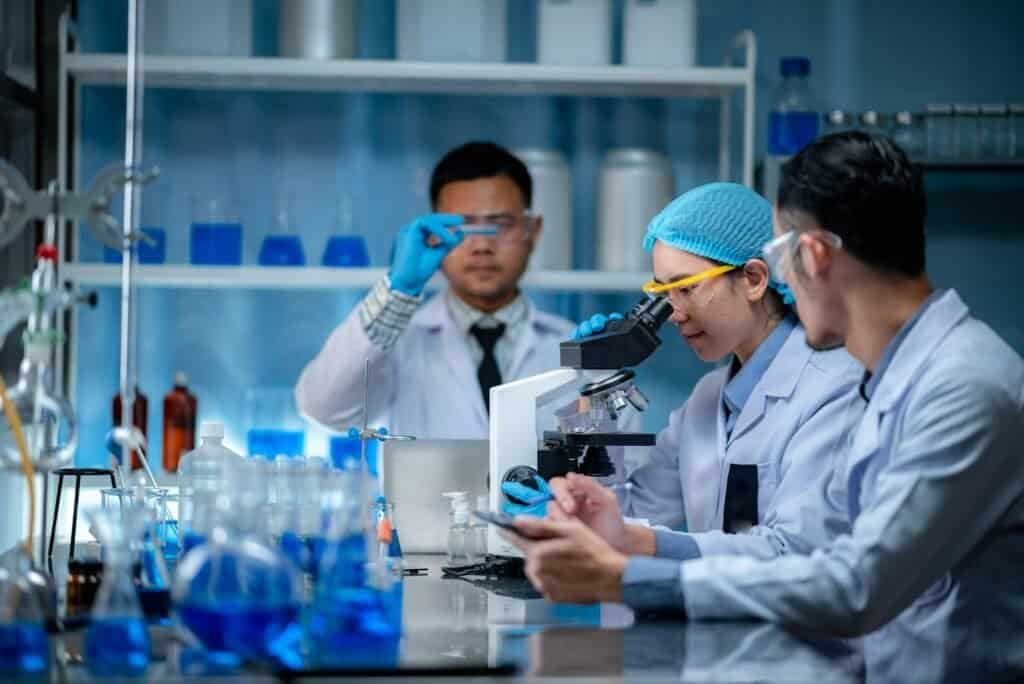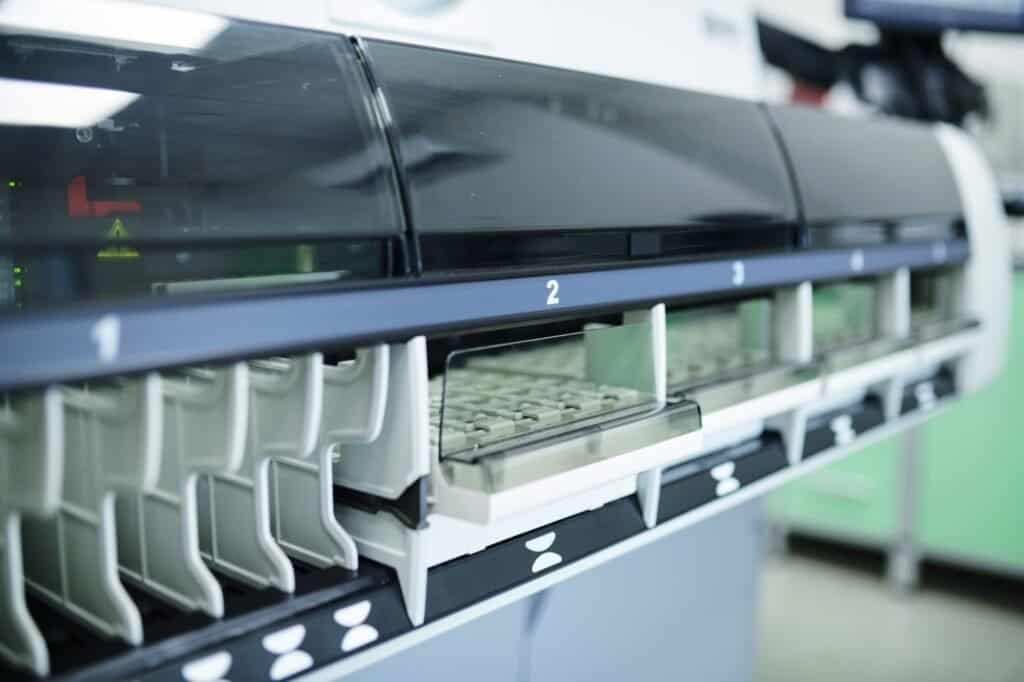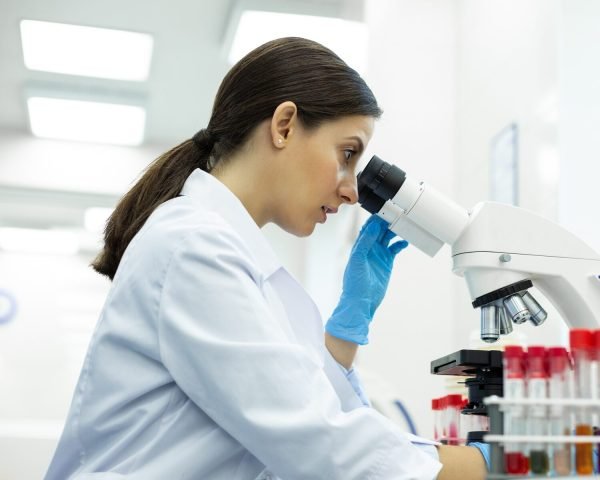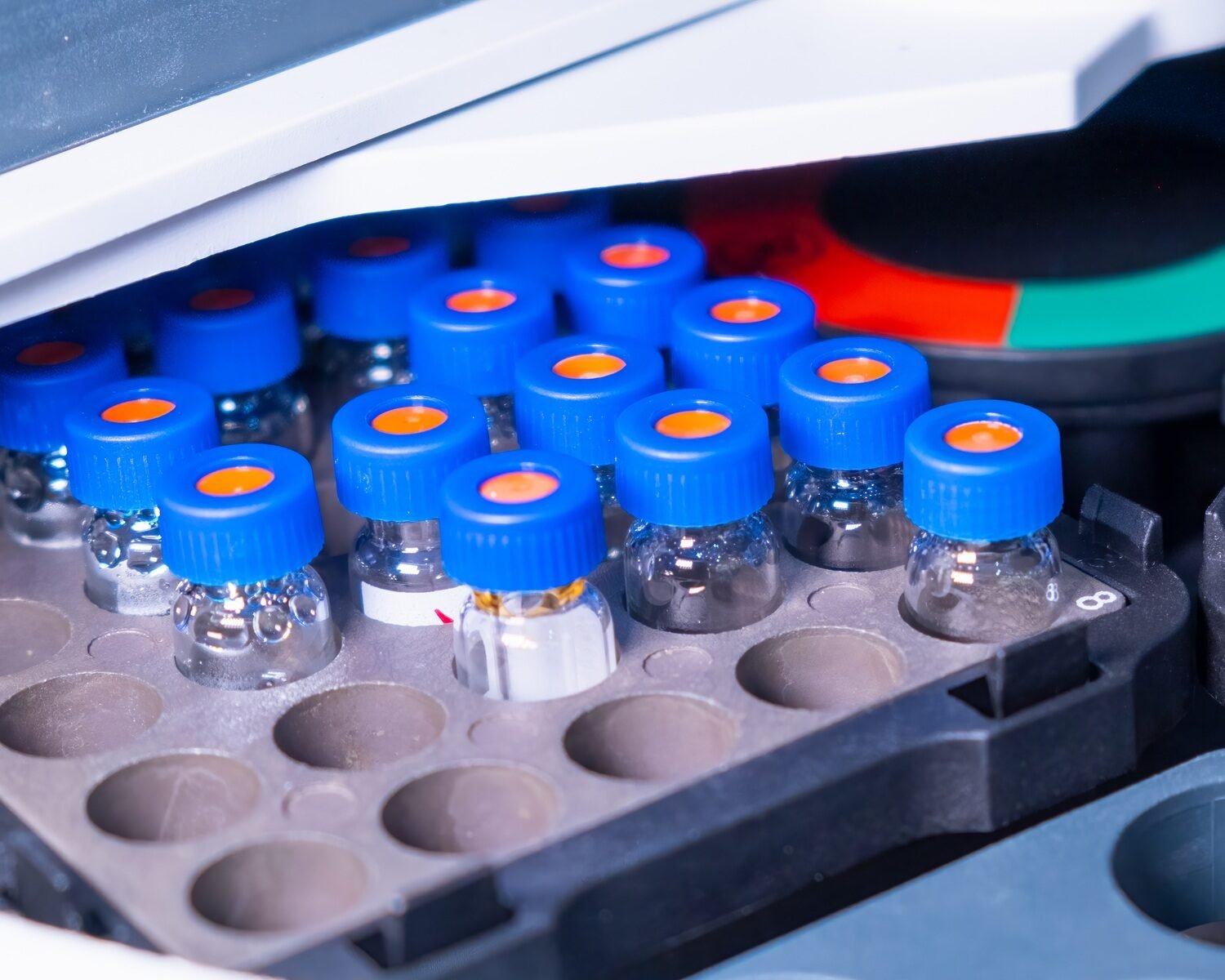Introduction
Hey there! If you’re like me, you know how frustrating it is when lab equipment starts acting up at the worst possible time. Been there, done that, and let me tell you—it’s not fun. Taking good care of your gear can save you a ton of headaches, not to mention time and money. So, what’s the secret to smooth-running equipment? Let’s dive into these five simple, effective tips.
Answer Section
Maintaining lab equipment is all about regular cleaning, timely calibration, thorough inspections, proper storage, and training your team. These practices keep your lab efficient and prevent expensive downtime.
Common Mistakes That Could Be Costing You Big
Before we get into the tips, let’s talk about the elephant in the room: the mistakes we often overlook.
Mistake #1: Skipping Regular Cleaning
Sounds basic, right? But trust me, I’ve seen labs where equipment was caked with dust or residue. Skipping cleaning not only shortens the lifespan of your tools but can also ruin your results.
Mistake #2: Ignoring Calibration Schedules
When was the last time you calibrated your spectrophotometer or HPLC system? If you’re unsure, it’s probably overdue. Miscalibrated equipment is like using a broken ruler—nothing adds up.
Mistake #3: Poor Storage Habits
I get it, storage isn’t glamorous. But stacking expensive tools in a corner without protection? That’s a disaster waiting to happen.

Tip #1: Clean as You Go
Why This Matters: Clean equipment is accurate equipment. Residue and dust can skew results and lead to expensive repairs.
Best Practices
- Daily Cleaning: Wipe down surfaces and clean glassware with appropriate solvents. For HPLC vials, flush them immediately after use.
- Weekly Deep Clean: For complex instruments like chromatographs, follow the manufacturer’s guidelines.
- Pro Tip: Use lint-free wipes to prevent scratches on delicate surfaces.
What Do I Think?
I’ve seen too many experiments fail just because of a dirty pipette or vial. Why risk it? A quick clean-up now saves hours of troubleshooting later.
Tip #2: Stick to Calibration Schedules
Why This Matters: Accurate measurements are the backbone of quality research. Calibration keeps your results trustworthy.
How to Stay on Track
- Set Reminders: Use a lab calendar to schedule calibrations.
- Certified Standards: Always calibrate with certified materials for reliability.
- Logbook Records: Document every calibration for audits or troubleshooting.
What Happens if You Don’t?
Imagine presenting your findings, only to realize your equipment was off by 0.2 units. Embarrassing, right? Don’t let that happen.
Tip #3: Inspect, Don’t Guess
Why This Matters: Regular inspections catch small issues before they become big problems.
What to Look For
- Wear and Tear: Check seals, tubing, and connectors for cracks or leaks.
- Unusual Noises: A noisy centrifuge might be crying for help.
- Software Updates: Outdated software can mess with results—update regularly.
Tools You Can Use
- Thermal cameras for hot spots.
- Vibration monitors for rotating equipment.
Do You Agree?
I think inspections are like health check-ups. Sure, they take time, but they can save your “life”—or at least your budget!
Tip #4: Smart Storage Saves Money
Why This Matters: Poor storage is a hidden cost that nobody talks about.
Storage Rules
- Temperature Control: Keep sensitive tools in climate-controlled areas.
- Protective Covers: Use dust covers for idle instruments.
- Organized Shelving: Avoid stacking heavy items on delicate ones.
Case in Point
Once, I saw a colleague’s improperly stored glassware break under its own weight. Lesson learned: invest in good racks!
Tip #5: Train Your Team, Train Your Success
Why This Matters: Even the best equipment can’t fix operator errors.
Training Essentials
- Onboarding: Teach new hires the basics of handling lab tools.
- Refreshers: Hold quarterly workshops to reinforce protocols.
- Quick Guides: Have cheat sheets handy for complex instruments.
My Two Cents
A well-trained team is like a well-oiled machine. Everyone knows what they’re doing, and the lab runs like clockwork.

How These Tips Save You Money
Let’s be real—lab equipment is expensive. Taking care of it doesn’t just save you from repairs; it boosts productivity and avoids redoing failed experiments.
Cost-Saving Highlights
- Fewer Repairs: Catching issues early prevents major breakdowns.
- Extended Lifespan: Well-maintained tools last longer, period.
- Consistent Results: Redoing experiments wastes both time and resources.
Conclusion
Proper maintenance of lab equipment is essential to ensure accurate results and prolong the life of expensive instruments. Key maintenance practices include regular cleaning, scheduled calibration, and consistent inspections. Cleaning prevents residue buildup that can affect performance, while calibration ensures accurate measurements.
Regular inspections help identify wear and tear or potential issues before they escalate into costly repairs. Proper storage of equipment, especially sensitive instruments, also plays a crucial role in preventing damage from environmental factors.
Additionally, training lab staff ensures that all team members understand the proper use and care of equipment, reducing errors and improving overall efficiency. By following these simple steps, labs can minimize downtime, reduce repair costs, and ensure reliable, reproducible results.

FAQs
Q: How often should I clean my lab equipment?
A: Daily for routine items, weekly for complex instruments.
Q: What’s the best way to store glassware?
A: Use padded racks in a dry, temperature-controlled area.
Q: How do I know if my equipment needs calibration?
A: Follow the manufacturer’s schedule or check for signs like inconsistent readings.
Q: Can I use generic parts for repairs?
A: It’s risky. Always opt for manufacturer-approved components.
Q: How do I train new team members efficiently?
A: Create quick-reference guides and pair them with experienced staff for hands-on training.










